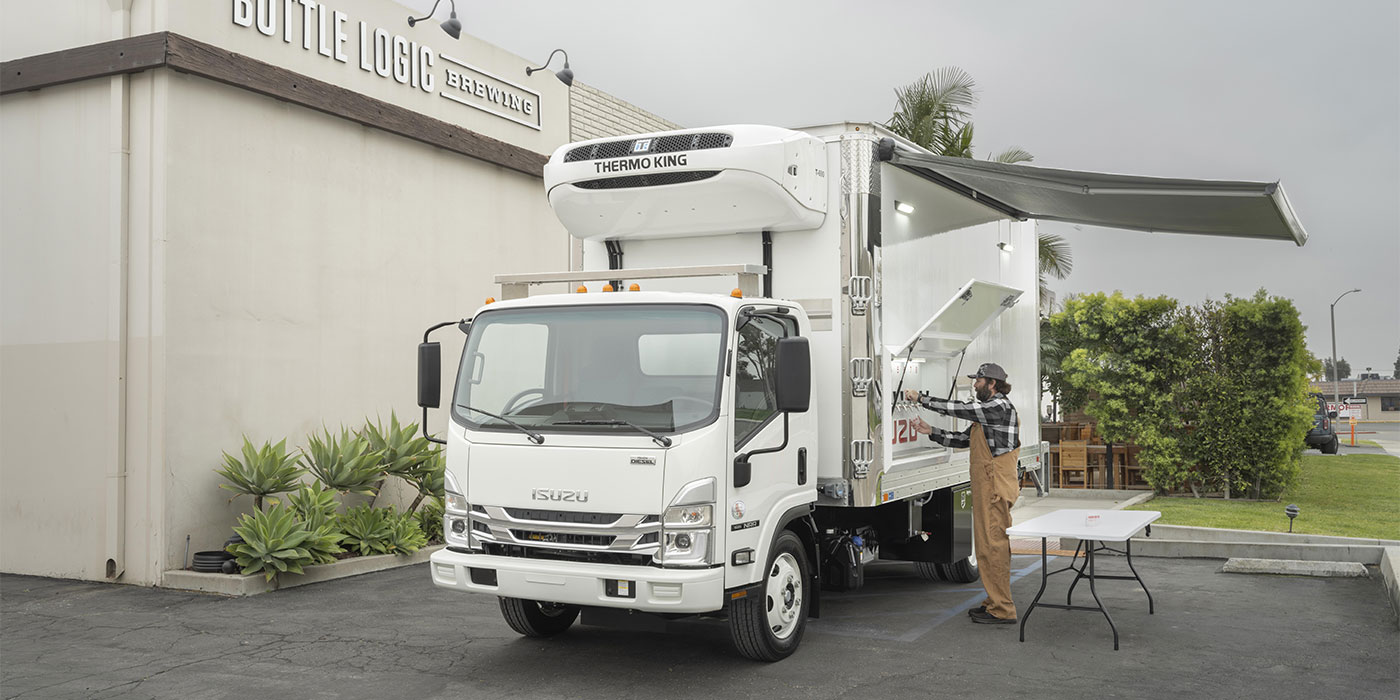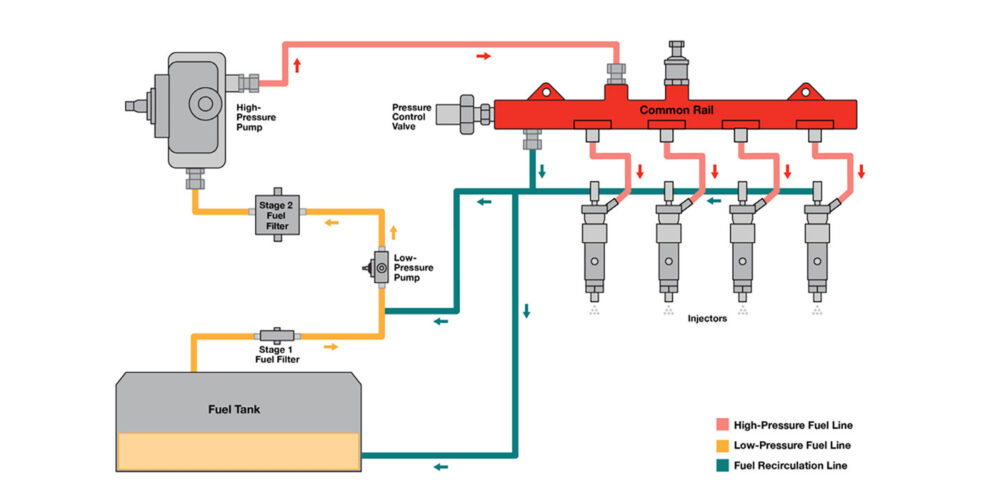Putting a new face on used steel truck wheels and rims has never been easy. New wheel manufacturers have the luxury of working with clean, virgin steel in an automated assembly line where large quantities of specialized chemicals, dipping tanks, and primer/topcoat paint applications are controlled and repeatable. Typically, an 11-stage process is used.
Industry refinishers, on the other hand, deal with small quantities of wheel sizes, from a variety of customers, in conditions ranging from near new to scrap. Most refinishing processes consist of two simple stages: removing the old finish by blasting and applying new powder-coat paint. Many fleets report dissatisfaction with refinishing vendors, citing coating durability issues and process quality concerns. This could change based on new technology and both refinishers and customers understanding the options and costs/benefits involved.
Common refinishing pitfalls should be noted and understood. Excessive, aggressive blasting must be avoided in removing the old finish. Some older machines that functioned satisfactorily for removing water or solvent-based wheel coatings are not capable of stripping modern powder coatings without damaging surfaces. Since nearly all steel wheels for the North American market have been upgraded to powder coating, a “band-aid” approach is to use larger, more aggressive blasting media in older refinishing machines. This can risk contouring and work hardening of the wheel surface, making it more difficult to achieve a smooth top coat without excessive paint film thickness. Newer blasting machines have been designed to strip modern powder coatings. Smaller size, less aggressive shot and grit mixes are typically recommended for newer machines that use different blast media delivery systems and cabinet designs. Properly used, these machines remove old finishes thoroughly and produce bare metal surfaces that are smoother, and therefore require less paint film thickness to insure a smooth, glossy top coat.
Powder coating materials are available in nearly all popular fleet colors to replicate original finishes. It is important to recognize, however, that not all powders are the same. Some refinishers simply purchase powders by the pound from low-bid suppliers. Savvy, experienced operators source high quality materials without unnecessary fillers, match the powder to the spray and curing equipment, and figure costs more accurately, based on the powder cost per wheel. Higher quality powders often provide better coverage and cure to smooth finishes with less material usage than low-cost powders.
Another development is the availability of compatible powder coat primers to be applied to the bare metal under the top/finish coating. This two-step process significantly improves adhesion and results in salt spray durability three to four times greater than the current practice of applying the refinish top coat directly on bare metal. There is also a need to avoid excessive paint thickness. All steel wheel manufacturers recommend a maximum total film thickness of 3.5 mils to avoid loss of clamping force. In some cases, it is not possible to achieve a smooth top coat finish on wheels that have been subjected to aggressive blasting or have been improperly refinished earlier without resorting to excessive film thicknesses. Recommendations are that any wheel on which the DOT stamp or manufacturer’s identifying marks are not legible should be removed from service.
Bare wheels should be inspected for cracks or any other out-of-service condition. These are defined by wheel manufacturers and detailed in the Technology and Maintenance Council’s (TMC) Recommended Practice (RP) 222B.
All indications are that the information and technology is close at hand to upgrade a maintenance and appearance concern that has been a thorny issue for some fleets in recent years.













